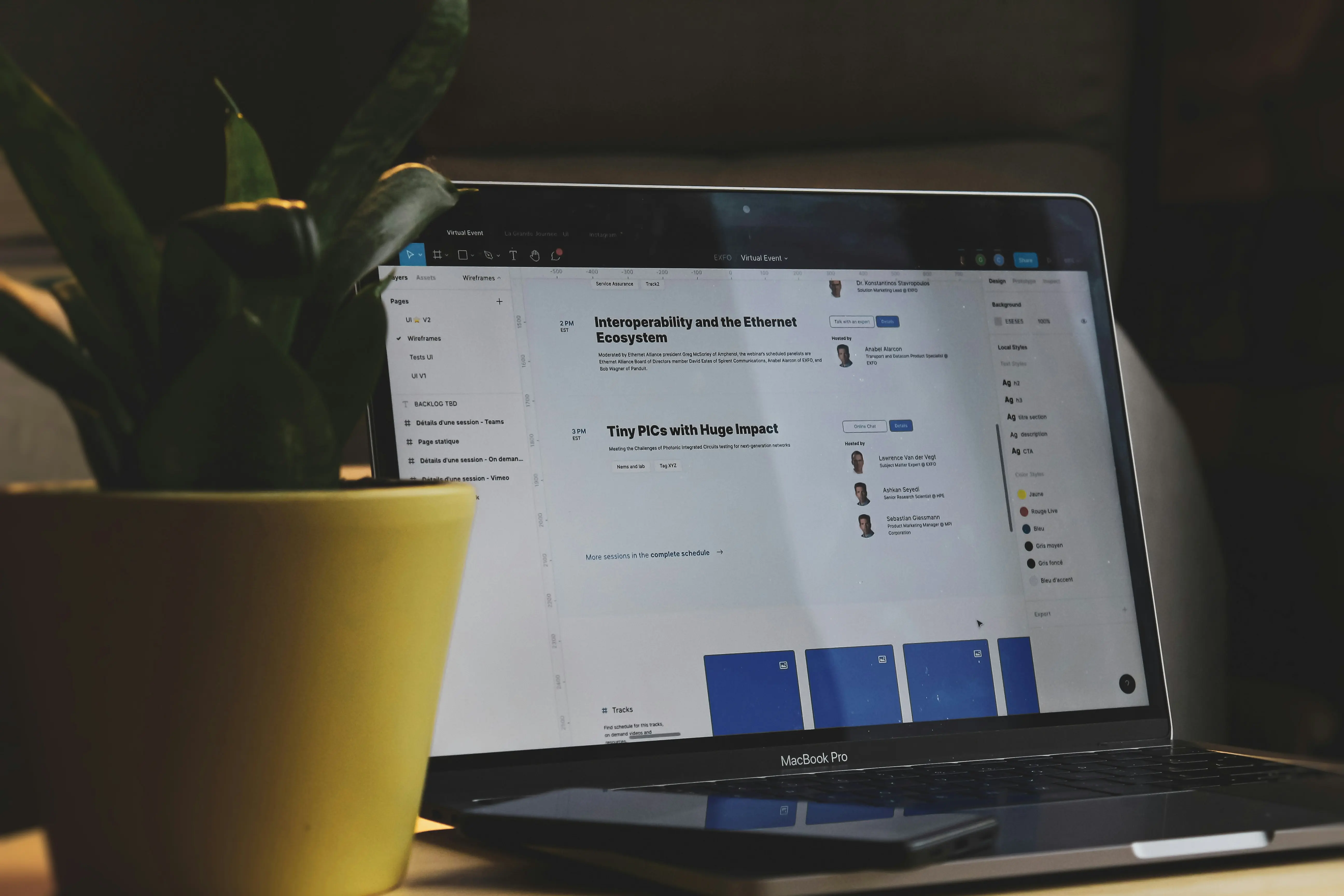How to Build a WordPress Site Without Touching Code
In 2025, the idea that you need to know how to code to build a professional, high-performing website is simply outdated. Thanks to powerful visual tools, intuitive page builders, and AI-driven plugins, anyone-whether a designer, entrepreneur, freelancer, or small business owner-can build a WordPress site from scratch without writing a single line of code.
This comprehensive guide will walk you through each step of the no-code WordPress site-building process, from choosing the right hosting to launching a responsive, conversion-ready site.
Introduction to Code-Free WordPress Design
Building websites has evolved significantly. Traditional website development required HTML, CSS, PHP, and sometimes JavaScript knowledge. Today, however, the rise of no-code tools means:
- Visual builders replace hand-coded layouts.
- Drag-and-drop editors make customization accessible.
- AI-powered plugins simplify complex tasks.
Who benefits from no-code WordPress tools?
- Non-technical entrepreneurs who want to launch quickly.
- Freelancers and creatives needing personal portfolio sites.
- Startup teams seeking affordable MVPs.
- Small businesses wanting a modern online presence without outsourcing.
Let’s dive into how you can do this step-by-step.
Step 1: Choose the Right WordPress Hosting Provider
The first step is selecting a hosting provider that’s optimized for WordPress, reliable, and easy for beginners.
What to Look For:
- One-click WordPress installation
- 24/7 customer support
- Daily automated backups
- Fast-loading servers and security
Top Hosting Providers in 2025:
| Hosting Provider | Key Features |
|---|---|
| SiteGround | Great speed, built-in caching, stellar support |
| Bluehost | Officially recommended by WordPress.org, easy to use |
| Kinsta | Premium managed WordPress hosting, blazing speed |
| WP Engine | Best for high-traffic sites, daily backups, strong security |
Once you’ve signed up, installing WordPress takes just a few clicks.
Step 2: Install WordPress in One Click
Nearly all reputable hosting platforms offer one-click WordPress installation through their dashboards.
Steps:
- Log into your hosting account.
- Navigate to “Install WordPress.”
- Choose your domain.
- Set admin username/password.
- Click “Install.”
In less than 5 minutes, your blank WordPress site is live.
Step 3: Select a No-Code WordPress Theme
Themes control the overall look and layout of your website. But many modern themes come with built-in visual builders or integrate well with them.
Best No-Code Themes in 2025:
- Astra: Lightweight and highly customizable.
- Hello Elementor: Designed to work seamlessly with Elementor.
- Blocksy: Gutenberg-compatible, performance-focused.
- Neve: Modern, fast, and flexible.
Choose a theme that is mobile-responsive, SEO-friendly, and works smoothly with your page builder of choice.
Step 4: Use a Visual Page Builder Plugin
WordPress page builders give you complete control over your design with no coding required. You can drag and drop widgets, change layouts, and insert multimedia elements visually.
Top No-Code Page Builders in 2025:
| Builder | Pros | Cons |
|---|---|---|
| Elementor | Huge template library, intuitive UI, active community | Can become heavy with too many add-ons |
| Divi | All-in-one solution, lifetime pricing available | Slight learning curve |
| Bricks Builder | Lightweight and developer-friendly | Less beginner-friendly |
| Gutenberg (Block Editor) | Built into WordPress, improving rapidly | Still lacks visual finesse for advanced designs |
Why Elementor Remains the Top Choice
Elementor stands out due to its:
- Ease of use: Anyone can build full sections without tutorials.
- Widget library: From buttons to sliders to forms.
- Templates: Hundreds of pre-made layouts you can import.
- Responsive editing: Mobile, tablet, and desktop previews built-in.
Install Elementor from your WordPress dashboard under Plugins > Add New, then activate it to begin designing.
Step 5: Design Your Layout Visually with Figma (Optional)
Figma is a powerful, browser-based design tool used to prototype website layouts. It’s especially useful for:
- Planning structure and spacing
- Defining consistent typography and color systems
- Collaborating with other designers or clients
Why Use Figma Before WordPress?
- Plan and perfect before building
- Reduce time fixing layout issues later
- Improve the design-to-build workflow
Once your layout is ready, the next step is integrating it seamlessly into WordPress.
Step 6: Use Figmentor to Convert Figma to Elementor
Figmentor is a revolutionary plugin that converts your Figma designs directly into Elementor templates-without code or manual recreation.
How Figmentor Works:
- Design in Figma: Use frames and auto-layout.
- Connect with Figmentor: Install the WordPress plugin.
- Export from Figma: Get a clean JSON Elementor file.
- Import into Elementor: Your design is now a live, editable layout.
This step eliminates hours of manual setup and ensures a pixel-perfect match between design and site.
Step 7: Customize Your WordPress Website
With your layout in place, you can begin customizing your content using the Elementor editor.
What You Can Do Visually:
- Add or edit text
- Insert images and video
- Adjust spacing and alignment
- Modify colors, fonts, and backgrounds
Everything happens in real time-no need to preview, no code required.
Step 8: Add Key Website Features Easily
Modern websites often include interactive elements like:
- Contact Forms
- Image Galleries
- Sliders and Carousels
- Testimonials
- Call-to-Action Buttons
- Pop-ups and lead magnets
With Elementor and its plugin ecosystem, adding these features takes minutes.
Plugins like Elementor Pro, Essential Addons, or Crocoblock expand functionality with zero coding.
Step 9: Optimize Your Site for SEO and Performance
A beautiful website won’t matter if it’s slow or can’t be found. Optimization is essential.
SEO Essentials:
- Yoast SEO or Rank Math: Optimize titles, meta descriptions, schema, and sitemaps.
- Internal Linking: Guide users and boost rankings.
- Readable URLs: Use keyword-friendly permalinks.
Performance Tips:
- Use caching (e.g., WP Rocket or LiteSpeed Cache)
- Compress images (with Smush or ShortPixel)
- Load fonts and scripts asynchronously
Step 10: Launch and Maintain Your WordPress Website
Final Checks Before Launch:
- Connect a custom domain
- Test responsiveness across devices
- Set up SSL (HTTPS)
- Backup your site using UpdraftPlus or Jetpack
Once everything checks out, hit “Publish” and go live!
Integrations and Analytics for Growth
To track and improve your site, integrate tools like:
- Google Analytics: Measure traffic and behavior
- Plausible Analytics: Privacy-focused alternative
- Mailchimp or ConvertKit: Email marketing integration
- CRM plugins: Connect with HubSpot or FluentCRM
Common Mistakes to Avoid When Using No-Code Tools
| Mistake | Solution |
|---|---|
| Installing too many plugins | Only use essential ones to avoid slowdowns |
| Ignoring mobile responsiveness | Use Elementor’s device preview |
| Skipping SEO setup | Use Yoast or Rank Math early on |
| Not backing up the site | Schedule automated backups |
Pros and Cons of Building Without Code
| Pros | Cons |
|---|---|
| Fast development | Limited flexibility for advanced customizations |
| Lower costs | Some reliance on plugins |
| Easy to maintain | May require support for plugin conflicts |
| Beginner-friendly | Not ideal for enterprise-level apps |
Frequently Asked Questions (FAQs)
1. Can I really build a WordPress site with zero code knowledge?
Yes. With tools like Elementor and Figmentor, everything from design to launch is visual and code-free.
2. Is using a page builder like Elementor better than custom coding?
For most users, yes. Page builders are faster, cheaper, and require no developer.
3. Will my site be mobile-friendly?
Yes. Tools like Elementor include responsive design controls for mobile, tablet, and desktop.
4. Can I sell products without coding?
Absolutely. Install WooCommerce, configure your store visually, and start selling.
5. How secure is a no-code WordPress site?
Security depends on your hosting, plugins, and practices. Use SSL, limit login attempts, and run regular updates.
6. Is it okay to use free themes and plugins?
Yes, but ensure they are actively maintained and well-reviewed. For better support and features, consider paid versions.
Conclusion
Building a WordPress site without touching code is not just possible-it’s efficient, scalable, and empowering. With the right tools like Elementor, Figmentor, and reliable hosting, you can create a polished, functional website from scratch-even if you’ve never written a line of code.
Take the first step today, and turn your idea into a live website-on your terms, without the need for developers.



